Most sawfly species have low population densities and seldom cause economically or ecologically significant damage. However, some have periodic population outbreaks, and a few are persistent pests. Although there are pestiferous sawfly species native to North America, introduced species generally pose the greatest challenges to land managers, horticulturalists, and farmers. Species recently introduced to a region through international trade and travel can be especially damaging, having escaped pathogens or predators that were adapted to them in their historic range. North America is very vulnerable to exotic insect species since the United States is the world’s largest importer, and because commonly traded agricultural products frequently harbor insects. Sawflies have been documented entering North America via wood packing material and nursery stock, leading to several established pests (see Diprion, Sirex noctilio).
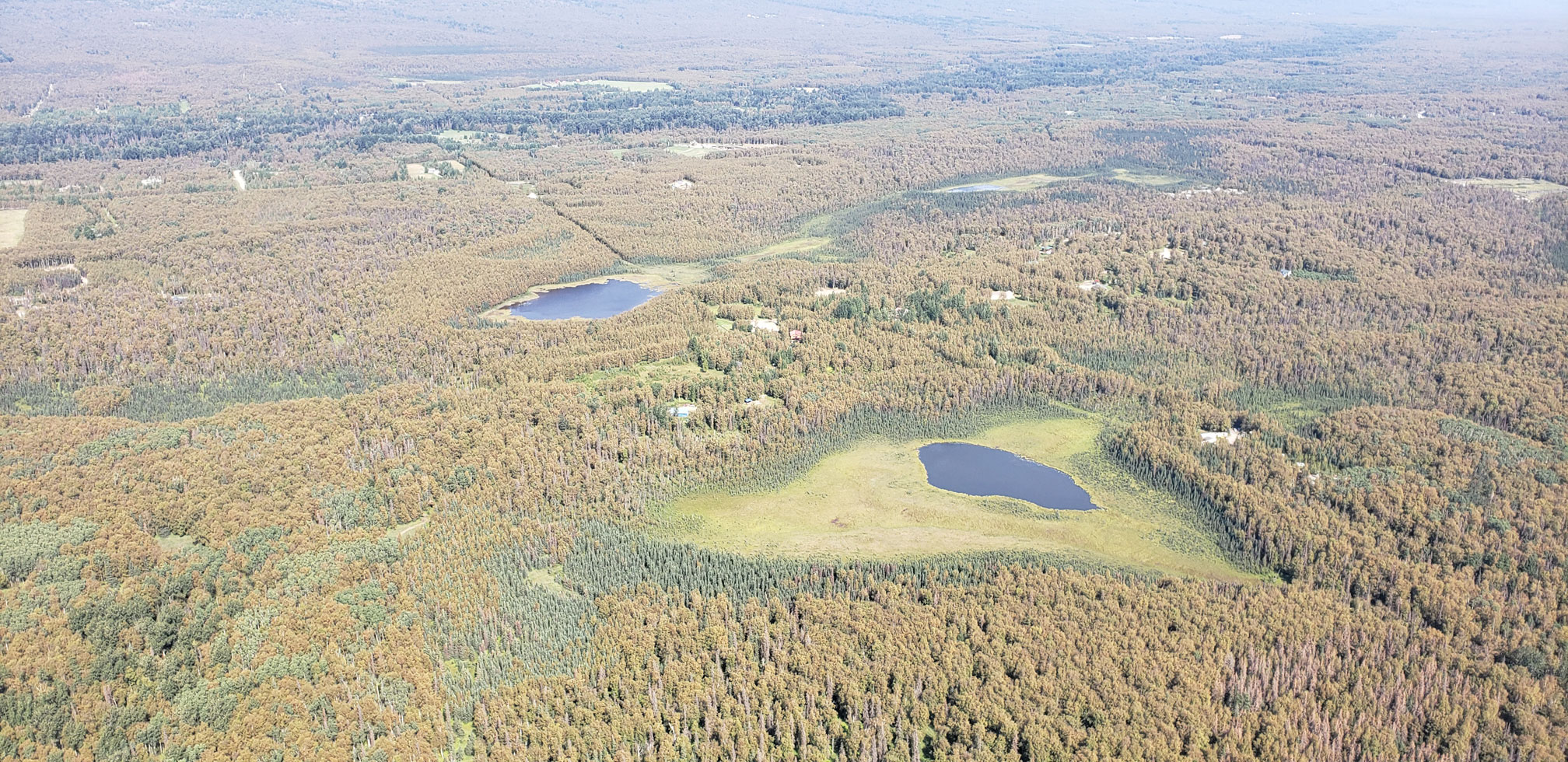
As a broad, phytophagousphytophagous:
feeding on plants
 group of insects, sawflies have a great diversity of host plants and feeding strategies (see Biology and behavior). Generally, those that cause economically significant damage can be categorized into defoliators, which inhibit the photosynthetic ability of the plant, stem-girdlers, which damage the plant’s vascular system, and wood-borers, which introduce phytotoxins and/or wood-decay fungi that decompose the wood of the tree.
group of insects, sawflies have a great diversity of host plants and feeding strategies (see Biology and behavior). Generally, those that cause economically significant damage can be categorized into defoliators, which inhibit the photosynthetic ability of the plant, stem-girdlers, which damage the plant’s vascular system, and wood-borers, which introduce phytotoxins and/or wood-decay fungi that decompose the wood of the tree.
Most pestiferous sawflies are external leaf-feeding defoliators. For example, Euura ribesii (Scopoli) and E. olfaciens (Benson) are both notable sawfly pests of cultivated Ribes spp. in northern Europe (Kurppa 1989Kurppa 1989:
Kurppa S. 1989. Pests of cultivated plants in Finland during 1988. Annales Agriculturae Fenniae 28 (2): 97-102., Mitchell et al. 2011Mitchell et al. 2011:
Mitchell C, Brennan RM, Cross JV, and Johnson SN. 2011. Arthropod pests of currant and gooseberry crops in the U.K.: their biology, management, and future prospects. Agricultural and Forest Entomology 13: 221-237. https://doi.org/10.1111/j.1461-9563.2010.00513.x). They are difficult to control because of multiple overlapping generations and the seeming suddenness with which they appear and defoliatedefoliate:
to elimate a sizeable portion of the foliage of a tree, either by feeding on the leaves or otherwise causing a severe decreae in photosynthetic ability
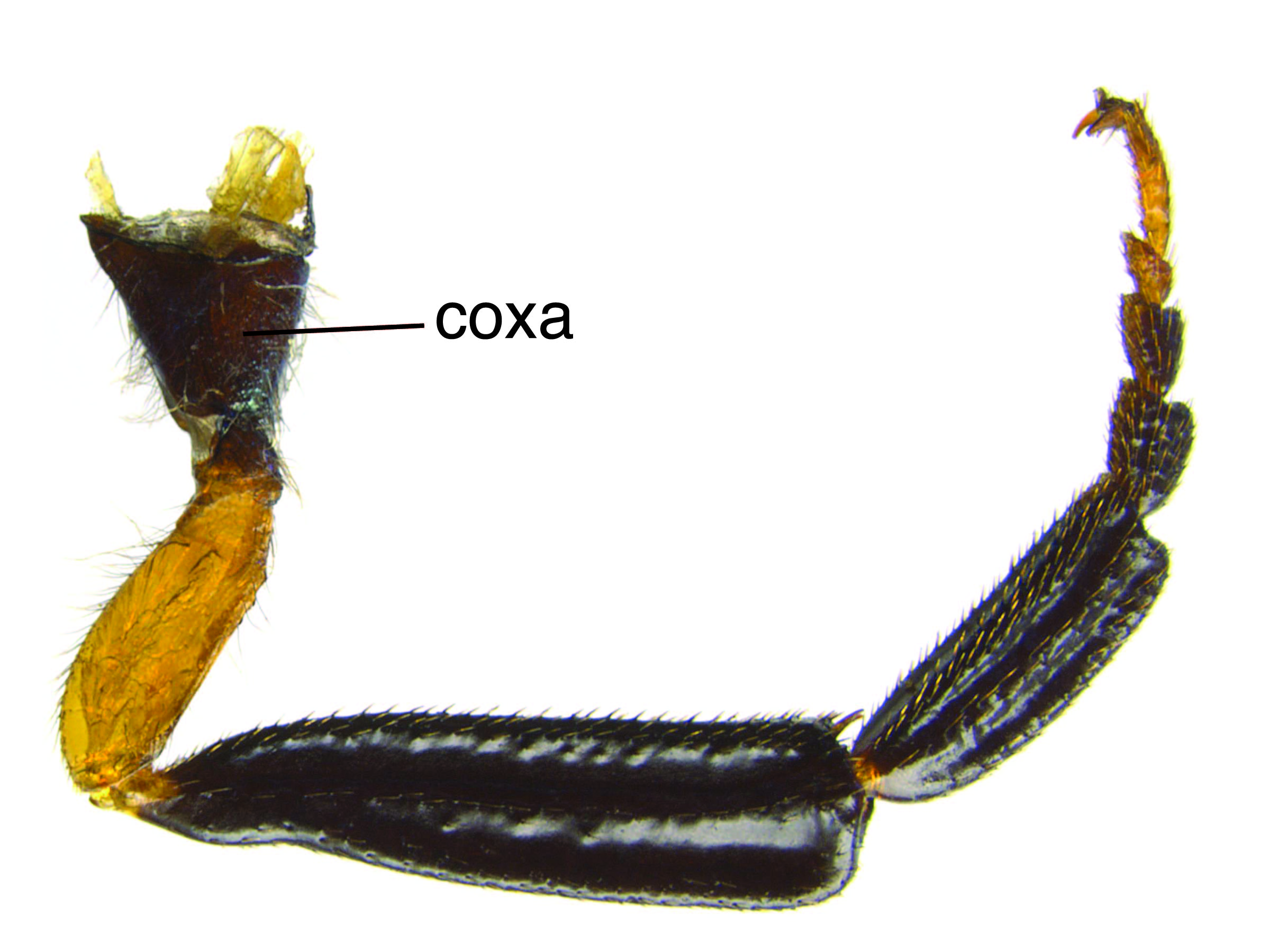 plants. Nematus ribesii is known as the imported currant worm in the United States, where it is a long-established exotic that can completely skeletonize plants in the genus Ribes (currant, gooseberry). Under the right conditions, Pamphiliidae and several species of Tenthredinidae are also notable landscaping and garden pests (see Neurotoma, Cephalcia).
plants. Nematus ribesii is known as the imported currant worm in the United States, where it is a long-established exotic that can completely skeletonize plants in the genus Ribes (currant, gooseberry). Under the right conditions, Pamphiliidae and several species of Tenthredinidae are also notable landscaping and garden pests (see Neurotoma, Cephalcia).
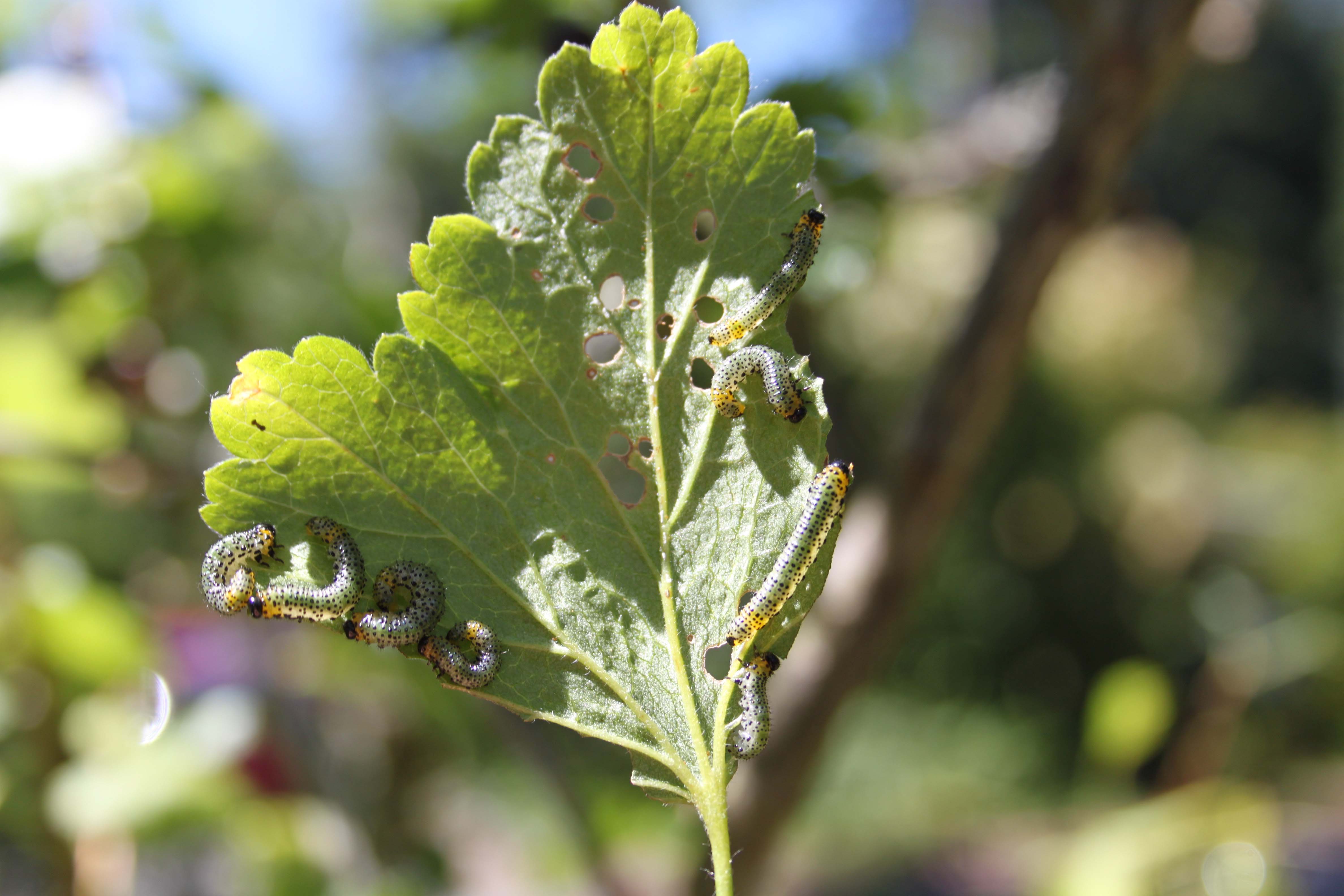
Defoliating sawfly pests on conifers can be particularly harmful because evergreen plants do not re-grow lost foliage, limiting recuperation from sustained feeding damage. Outbreaks of species in the family Diprionidae (Diprion, Gilpinia, and Neodiprion) can impair recreation or reduce harvestable timber volume (Lyytikäinen-Saarenmaa and Tomppo 2002), and can lead to outbreaks of other forest pests (Langstrom et al. 2001). Landscape plants attacked by diprionids become less attractive when the loss of old foliage results in “bottle brush” branches.
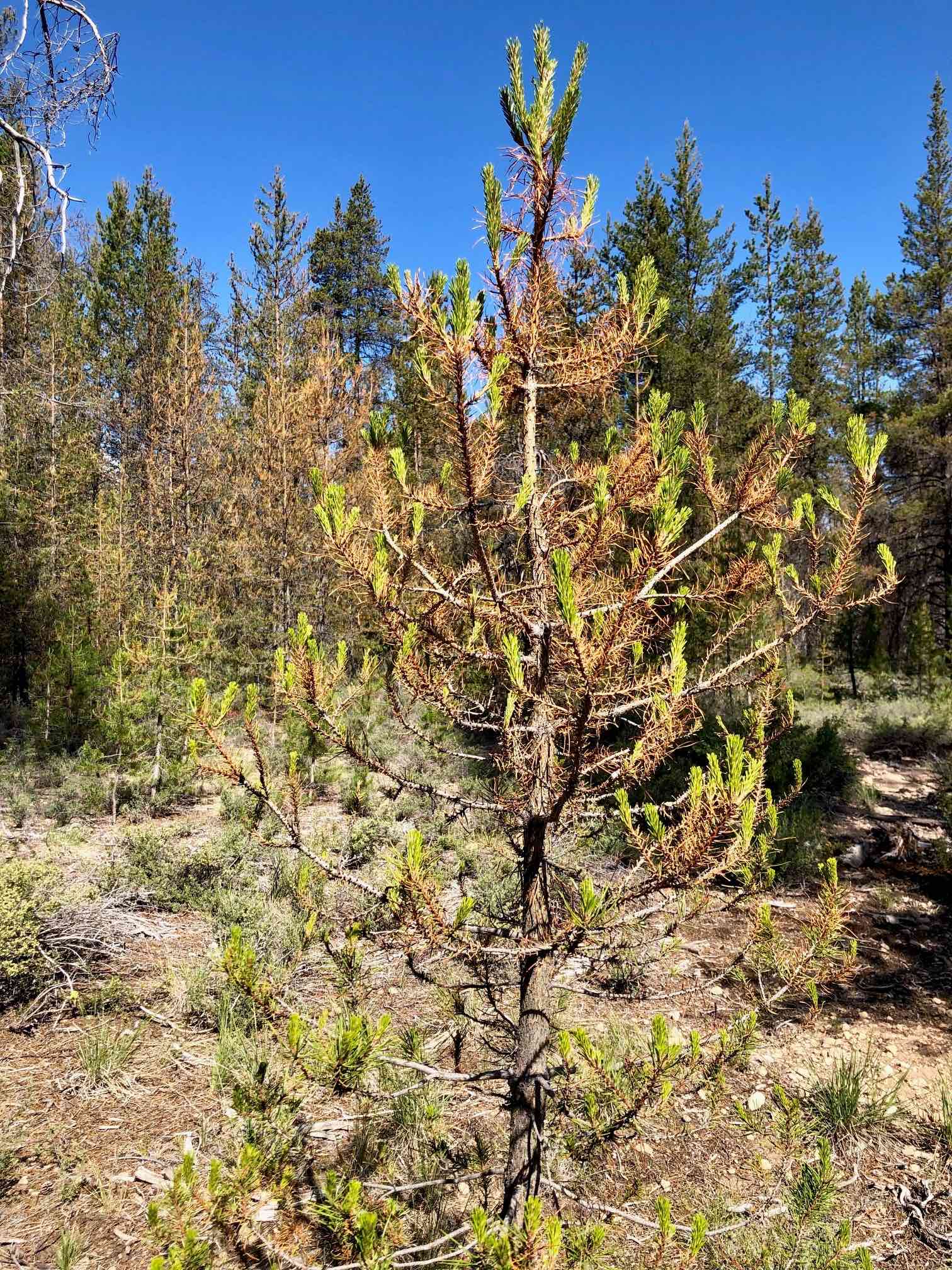
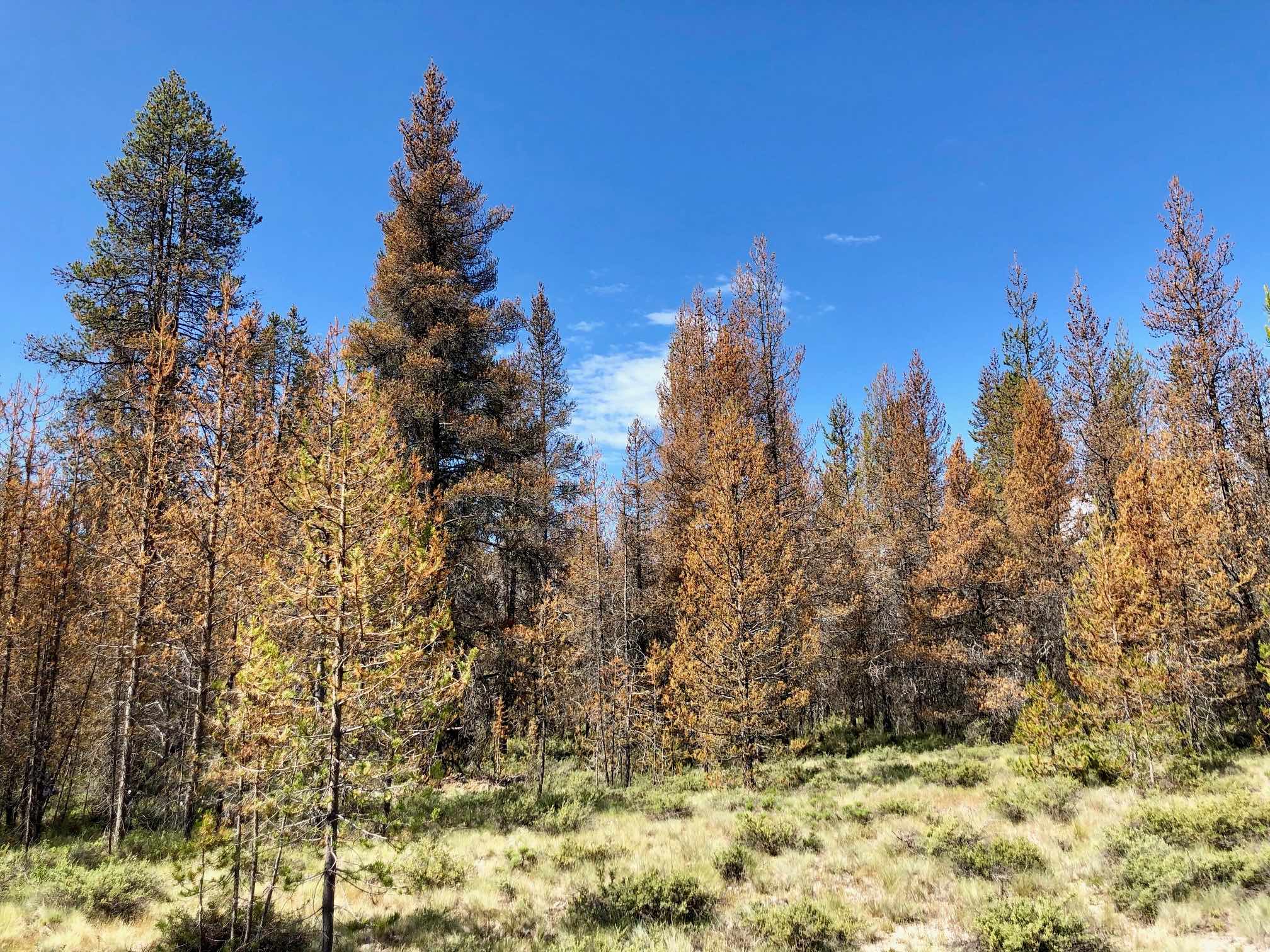
While most sawflies are associated with foliar damage, there are also examples of fruit damaging species. Hoplocampa testudinea (Klug) larvaelarva:
the immature stage of holometabolous insects
 burrow in developing apples (Malus spp.), leaving scars beneath the skin as early instars, or frassfrass:
burrow in developing apples (Malus spp.), leaving scars beneath the skin as early instars, or frassfrass:
solid larval excrement
 -filled tubes on some fruit as they become older. Mined fruit can still be marketable, but at a reduced price (Vincent et al. 2019Vincent et al. 2019:
-filled tubes on some fruit as they become older. Mined fruit can still be marketable, but at a reduced price (Vincent et al. 2019Vincent et al. 2019:
Vincent C, Babendreier D, Swiergiel W, Helsen H, and Blommers LHM. 2019. A review of the apple sawfly, Hoplocampa testudinea (Hymenoptera Tenthredinidae). Bulletin of Insectology 72 (1): 35-54.). Fruit that has been more extensively fed upon typically falls from the tree before harvest. The species is controlled with pesticides, but at significant difficulty and cost in organic orchards. Control and monitoring demands can be high in eastern North America, likely because naturalized apple trees harbor populations of these pests, and there are few predators or parasitoids to control them.
Some sawflies have large-scale impacts on agricultural production. The wheat stem sawfly, Cephus cinctus (Norton), is an introduced pest that feeds on wheat stems and other economically important grasses in the northern Great Plains. The larval feeding girdles the stem, interrupting the plant’s vascular system. This can result in smaller, fewer, and less nutritious kernels, lower grain yield, and even plant death. Yield reduction caused by C. cinctus can result in annual economic losses of hundreds of millions of dollars (Cárcamo et al. 2007, Fulbright et al. 2011Fulbright et al. 2011:
Fulbright J, Wanner K, Bekkerman A, and Weaver D. 2011. Wheat stem sawfly biology. Montana State University Extension MontGuide MT201107AG.). Control of this and related species (Trachelus) is challenging because adults do not feed, and larvaelarva:
the immature stage of holometabolous insects
 live inside the stems, where they are protected from most insecticides. Additionally, few predators and parasitoids occur in the North American range of this exotic pest.
live inside the stems, where they are protected from most insecticides. Additionally, few predators and parasitoids occur in the North American range of this exotic pest.
Sirex noctilio is thought to have been introduced to North America via wood packaging or dunnagedunnage:
material, often wood shavings, used as packing or padding in shipping 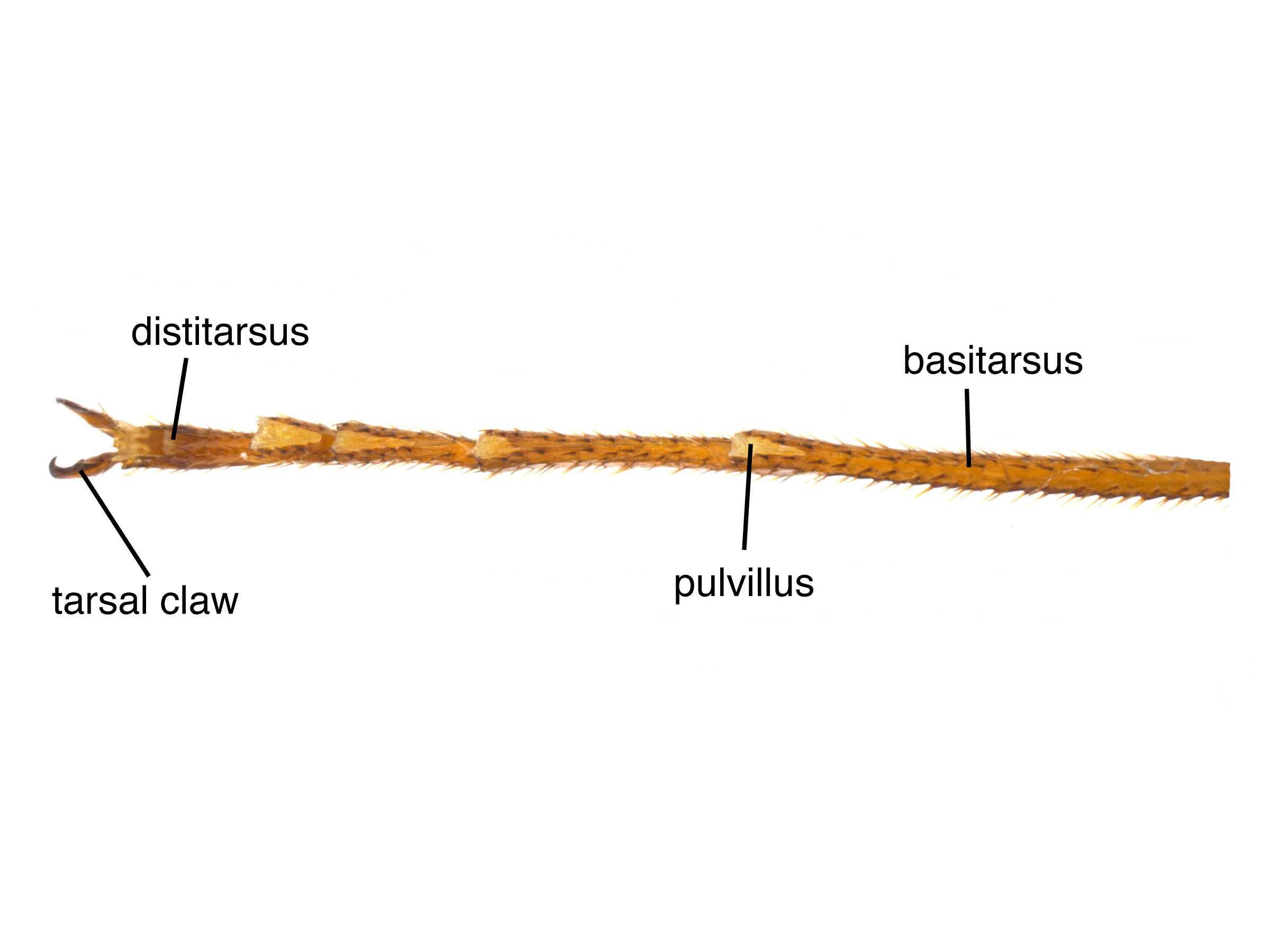 . The species is originally from Europe, where it attacks a number of Pinus (pine) species. Unlike native North American Siricidae, it attacks living trees and excretes a phytotoxicphytotoxic:
. The species is originally from Europe, where it attacks a number of Pinus (pine) species. Unlike native North American Siricidae, it attacks living trees and excretes a phytotoxicphytotoxic:
toxic to plants; poisons and sometimes kills plant tissue
 mucus that, in conjunction with a symbiotic fungus, overwhelms and can kill the host tree. Although it has not yet caused significant economic damage in North America, there have been significant economic impacts in pine plantations in South America, South Africa, Australia, and New Zealand. In the worst circumstances, the wasp has caused millions of dollars in damage and necessitated millions of dollars in control activities every year (Cameron et al. 2018Cameron et al. 2018:
mucus that, in conjunction with a symbiotic fungus, overwhelms and can kill the host tree. Although it has not yet caused significant economic damage in North America, there have been significant economic impacts in pine plantations in South America, South Africa, Australia, and New Zealand. In the worst circumstances, the wasp has caused millions of dollars in damage and necessitated millions of dollars in control activities every year (Cameron et al. 2018Cameron et al. 2018:
Cameron NL, Carnegie AJ, Wardlaw T, Lawson S, and Venn T. Economic appraisal of Sirex woodwasp ( Sirex noctilio ) in Australian pine plantations. Australian Forestry 81 (1): 37-45. https://doi.org/10.1080/00049158.2018.1430436).